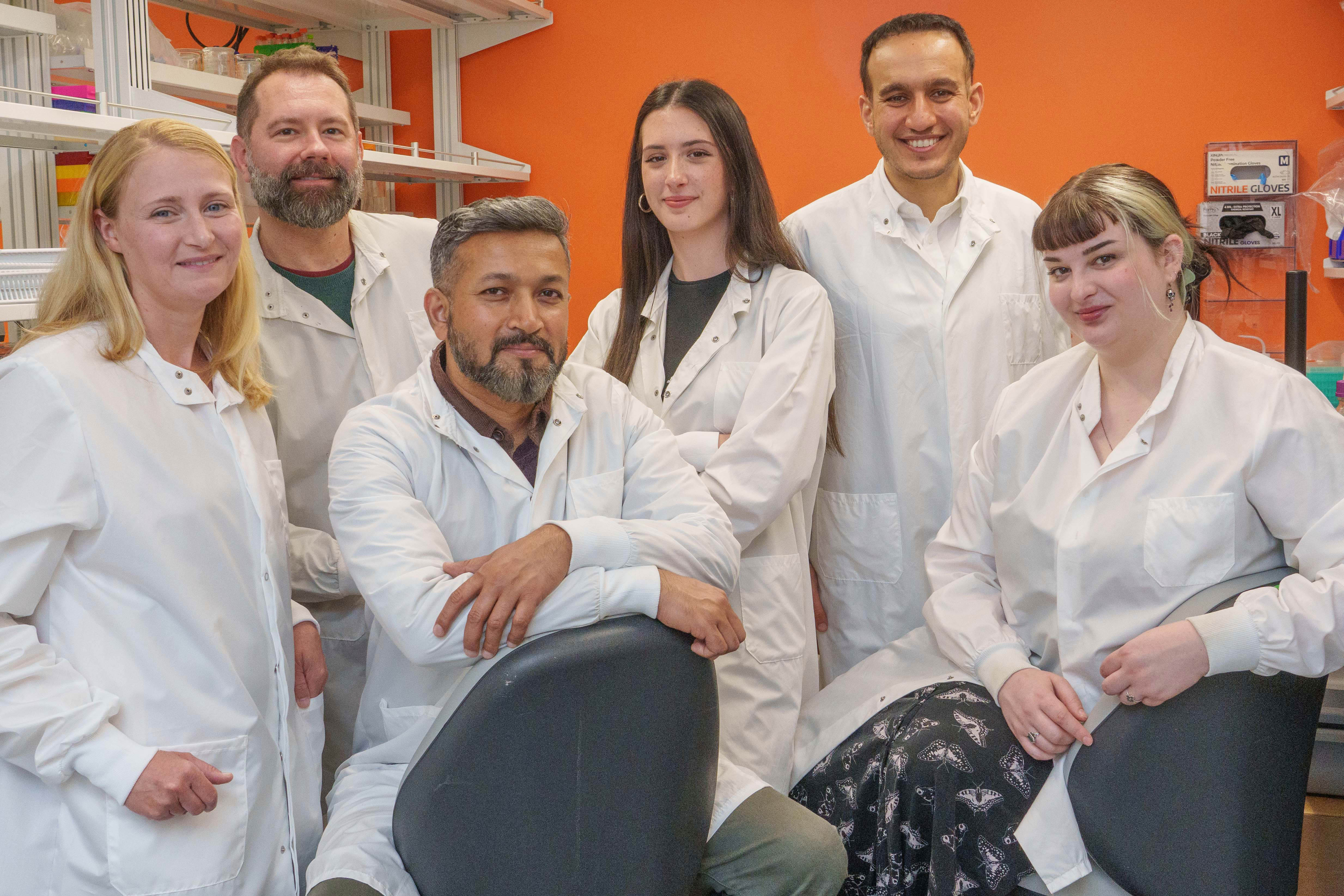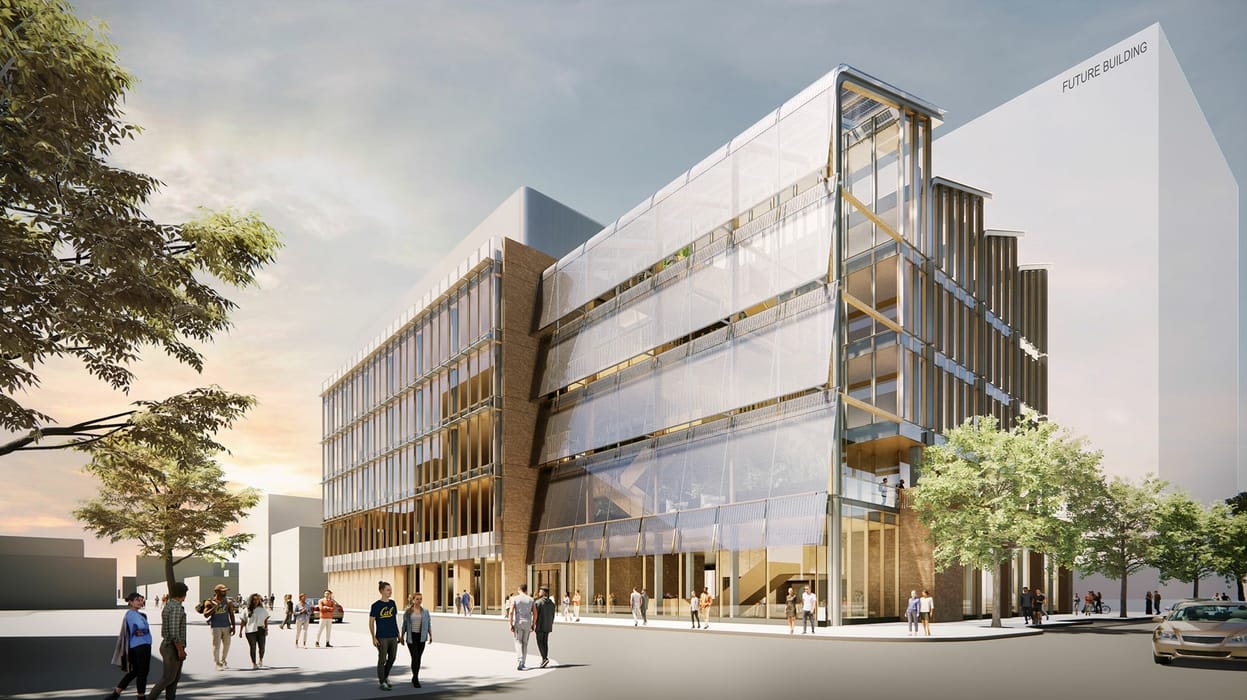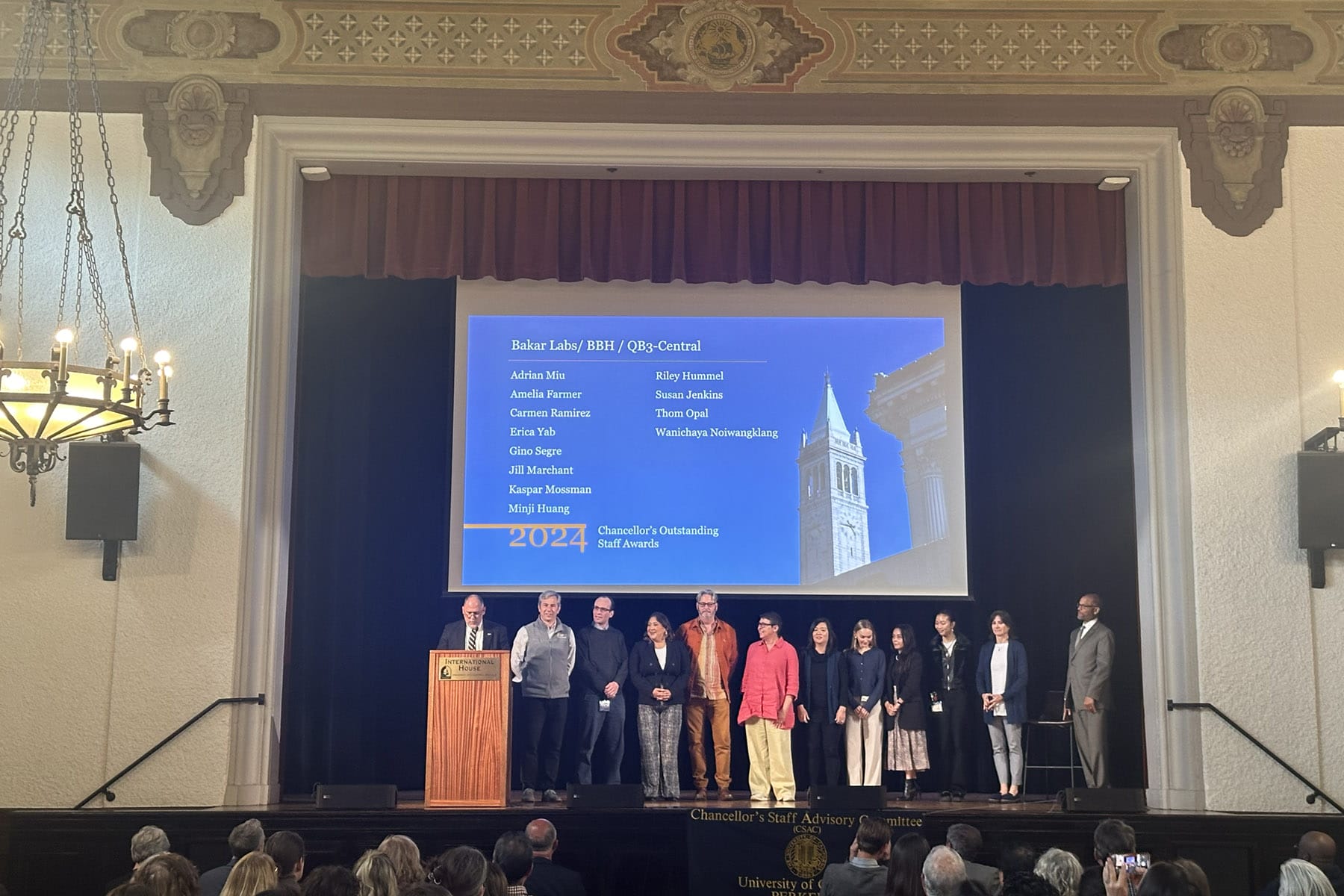Why a Renovated Building at One of California’s Top Universities Marks a New Era of Learning
From the article in FRAME.

A disused Brutalist building on the University of California, Berkeley’s campus was transformed into a modern life sciences facility supporting the academic and commercial needs of its student body.
Key features
MBH Architects converted the former Berkeley Art Museum and Pacific Film Archive into an academic building for life sciences on the campus of the University of California, Berkeley. The Bakar BioEnginuity Hub is housed inside a Mario Ciampi-designed brutalist building that was vacated in 2014 when it was deemed structurally unsound against earthquakes. The building’s transformation bridges the gap between graduate students, life science startups and established biotech companies. Besides the improvement of its seismic performance, water intrusion and acoustics and the transformation of its gas systems into all-electric, the project also saw the addition of co-working spaces and life sciences lab facilities for undergraduate and graduate students, as well as the incubation of start-up companies.
The LEED Gold-certified building opens to the rest of the Berkeley campus with a glass-fronted addition and two new public plazas. A variety of private and collaborative study spaces make the facility porous, encouraging the mixing between students of different levels and private market entities. Additionally, private offices, conference rooms, an auditorium, space for the undergraduate programs and terraces were added. Upper-level galleries are now state-of-the-art labs, which support (under) graduate-level courses and academic research, with brightly coloured walls and skylights challenging sterile stereotypes.
FRAME’s take
Institutional spaces – even those that are pre-existing – can be (re)imagined to further the educational agenda and expand its sphere of influence. Their spaces can be designed to pioneer new methods of learning and programming which support the acquisition of social and economic leverage. Berkeley is a known leader for producing alumni who go on to find success in STEM. Its initiative demonstrates how it is further trying to advance the academic space, simultaneously fostering the sciences while tapping into societal needs. The brutalist building’s reintroduction to Berkeley’s campus sees the concrete monolith, which for the better part of a decade was inaccessible to students and faculty, remade to support both traditional academic functions and the enrichment of student-led business initiatives. It connects the university to the private market pipeline, which ultimately better supports the practical and professional needs of its students.





